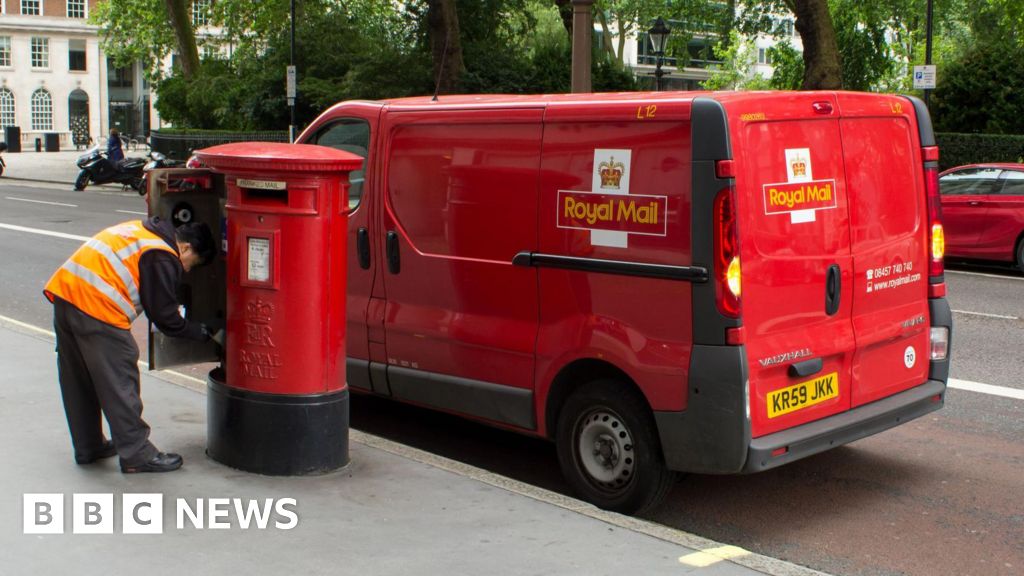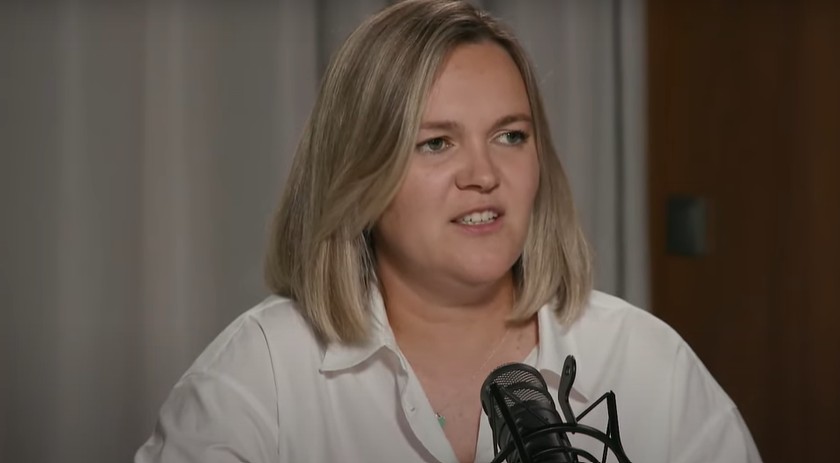Zero Consumers have zero boundaries in that they are influenced by social media, celebrities and … [+]
getty
There’s a new type of customer in town, and you need to know and understand them. McKinsey has coined the term Zero Consumer, defined as a consumer who shops across different channels, expects excellent service (including fast shipping) and sustainable products. But even if you provide all of that, there’s one more critical thing to know—they show little loyalty.
For 40 years, I’ve preached the famous concept from Harvard Business School professor emeritus and former editor of Harvard Business Review Dr. Theodore (Ted) Levitt, that the function of a business is to get and keep customers. Furthermore, research from many reputable sources tells us that it’s less costly to maintain and keep customers than to keep finding new ones. However, this new customer, the Zero Consumer, can make the second part of Dr. Levitt’s function (keeping customers) more challenging.
In addition to that, Dr. Levitt is also known for stating that “companies should stop defining themselves by what they produce and instead reorient themselves toward customer needs.” This is further explained in his article, What Business Are You In?: Classic Advice from Theodore Levitt. I love his example about gasoline.
In this article, Levitt states, “Let’s start at the beginning: the customer.” He uses the example that a consumer driving a car “strongly” dislikes the experience of buying gasoline. He said, “People actually do not buy gasoline. They cannot see it, taste it, feel it, appreciate or really test it. What they buy is the right to continue driving their cars.” He refers to a gas station as a tax collector that is paid a “periodic toll” as the price of customers using their cars.
My take on this is that the gas station is a commodity. People buy from a specific gas station out of convenience, including location (proximity to the customer’s home or place of work) and ease of entrance and egress (e.g., the gas station is on the right side of a busy street). Price is also a consideration. It seems gasoline is gasoline, regardless of where you buy it.
This ties into the McKinsey Zero Consumer concept. The majority of Zero Consumers seem to be Gen-Z and Millennials. Here are some general characteristics of this new group of consumers:
· Zero Consumers have zero boundaries in that they are influenced by social media, celebrities and content (articles, blogs, videos, etc.). They expect omnichannel options and move through different buying channels to make purchases. In other words, be prepared to sell to them when they are ready and on whatever channel is most convenient to them: in a physical store, on an app, on a website, etc.
· Zero Consumers no longer fall in the middle. Their shopping habits are tougher to define. They either try to save money or are willing to spend more on what they want. McKinsey’s research finds that mid-priced goods and services have declined 10%. That doesn’t seem like much, but the average consumer is “trading down” to lower-priced goods. But at the same time, 40% say they plan to splurge on their spending, especially in travel, apparel and restaurants.
· Zero Consumers have zero loyalty. That’s a bold statement from McKinsey. In 2002, they found that half of consumers claimed to switch brands versus one-third two years earlier. Furthermore, they say, “Absent truly differentiated, exclusive offerings, the retailer will soon become a utility—just a means of distribution. This sounds a lot like Dr. Levitt’s gasoline example. If you’re delivering a commoditized, same-as-everyone-else experience, don’t expect to be treated differently than a commodity.
· Zero Consumers have zero patience. This trend has been around since Amazon started teaching customers what fast and convenient service is all about. Consumers don’t need to wait, and if you can’t deliver at their expected speed, they will find another company that will.
I’ve taken direction on this article from McKinsey content and research. McKinsey is one of the go-to resources for understanding all things business. Regardless of the type of business you’re in or the type of customers you sell to, you must consider how the broader consumers behave. Your customers compare you to their favorite experiences, including their retail brand experiences. While you may or may not be a retailer and be subjected to this type of customer, you must understand they expect whatever they love from other places they do business with from you as well. The more you know and understand them, the better decisions you’ll make on how to market, sell and service them.
Credit: Source link










